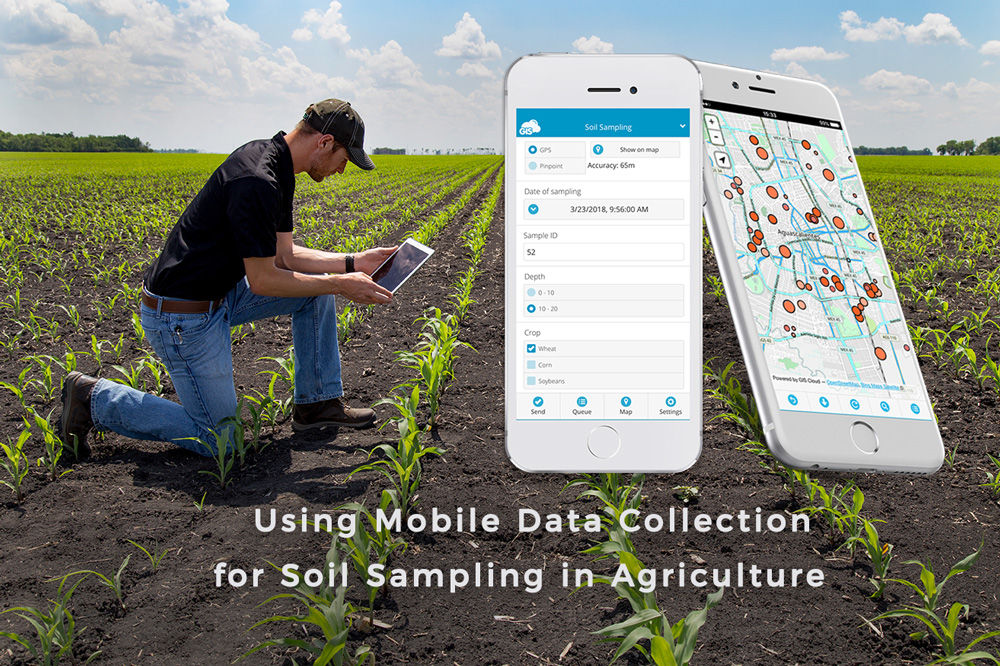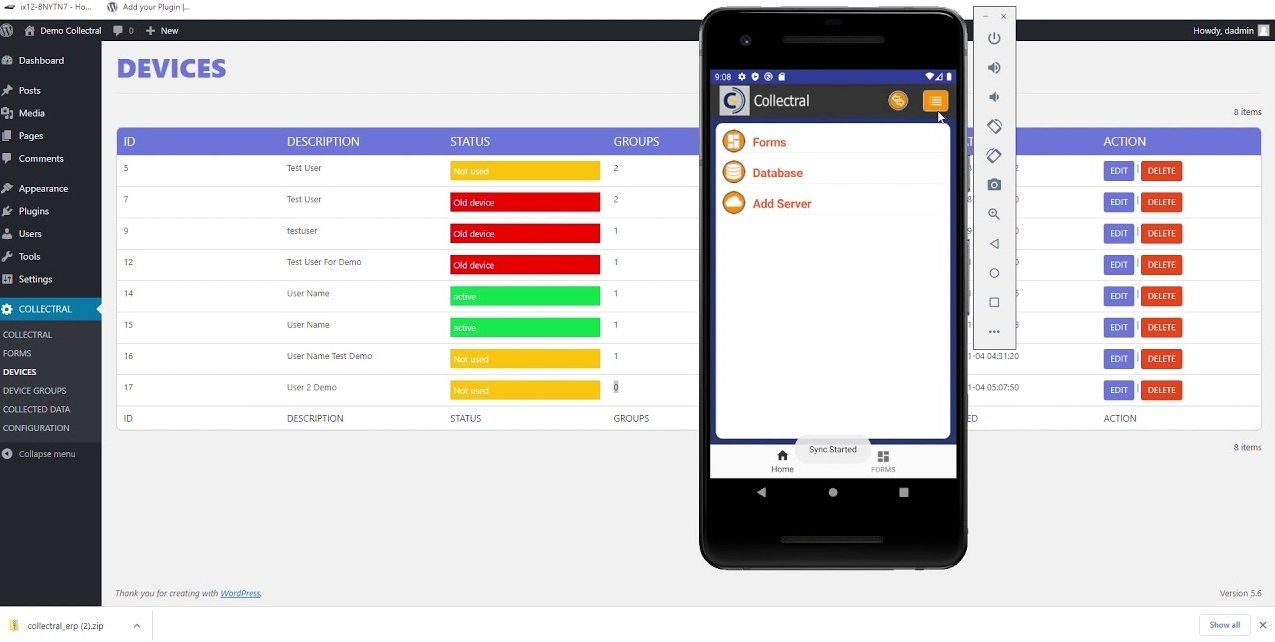Field Data is simply an aggregate of all the data points from the field operations. Numerous organizations are looking into how mobile phones might be used effectively as part of massive data collection efforts in many sectors, including education, as a result of the explosive growth in the availability of mobile phones in societies around the world, including some of the poorest, most remote communities. Of course, using tiny, mobile electronic computer devices to assist in data collection is nothing new.
Field Data Collecting Devices
Laptop computers and personal digital assistants (PDAs) have been used in surveys of potential voters, customer interviews for various goods and services, and census data collection for more than 20 years. However, these initiatives frequently encountered obstacles such as financial limitations, the relative novelty of such devices among certain population segments, the requirement for device-specific user training, and challenges in data exchange between these devices and other parts of a larger data collection system.
The cell phone, for the majority of the globe, satisfies these requirements rather well if, as has been argued, the greatest technology is frequently the one you already have, know how to use, can maintain, and can afford. Mobile phone penetration rates reached 96% worldwide as of the end of 2013 (128% in developed and 89% in developing nations). “Today, there are almost as many mobile-cellular subscribers as there are people in the globe,” the International Telecommunications Union claims.
It is not unexpected that mobile phones have been used in a variety of ways to support data gathering activities all around the world given their ubiquity, growing features, and declining related purchase and running costs. While many people would think that such initiatives call for the usage of high-end (and pricey) smartphones, phones of all varieties have been successfully used for various purposes in various circumstances.

For instance, very basic, low-end “dumb phones” can employ simple text messaging (or SMS) or voice to (for example) send brief questions to a bank of phone numbers, asking users to react with a short answer, which can be either predetermined (e.g., “text 1 for yes, 2 for no”) or open-ended. Smartphones may be used in far more complex ways, such as by directly showing rich media survey questions to respondents or by assisting an “enumerator” (someone who conducts a survey in person) by providing a user-friendly interface to aid in the input and transmission of structured data. These phones could also have training materials and assistance files for the enumerators.
Between high and low end, “feature phones” (a catch-all term for phones that can do more than just make basic voice calls and send and receive text messages, but do not have the advanced functionality of smartphones) can use straightforward graphical forms (for example, on-screen as prompts for questions), and they can store/transmit structured data as a result of responses.
Ways to transfer or distribute the data
There are several ways to transfer or distribute the data entered or recorded by phones (including SMS, MMS, USSD, Bluetooth, wireless Internet, or the exchange of physical memory cards). When there is no mobile connectivity, data can be kept on the phone and sent later when it is close enough to a cell tower.
What benefits may use mobile phones offer over other methods, as well as how and why they might be helpful in large-scale data collecting efforts?
When compared to the use of more conventional, paper-based survey instruments, the following qualities and characteristics of mobile phone use in such activities (as well as the use of other small, inexpensive portable devices like tablets, especially where such devices can be connected to mobile and wireless networks) may lead them to be taken into consideration:
Benefits of data Collection Via Mobile Application Speed:
Using a mobile phone to collect data can significantly speed up the data-collecting process. The shorter time between local data collection and delivery might save weeks or even months in the total data gathering process if network availability allows for near-instantaneous transfer of data to a central coordinating group. Additionally, a kind of early warning system may be set up, enabling survey organizers to immediately see possible issues with data gathering efforts and (perhaps) address them in virtually real-time.

Accuracy:
At the source, digital data collection may significantly decrease transcription mistakes, and data transfer over mobile networks can help assure that no data are lost “in transit.” Digital data capture and transmission may also make it simpler to keep and access them later, should that be necessary.
Ubiquity, familiarity, and convenience:
Even if they haven’t used their mobile phone expressly as part of data collecting activities, enumerators and survey participants may, on a general level, already be fairly comfortable using one (and may even be using their own personal device). The target groups may already have access to these devices in large numbers and be accustomed to using them in a variety of settings.
Less technical training
Less technical training may be required in some situations since individuals may already be familiar with using the gadgets for numerous reasons. Additionally, help files and on-screen prompts on smartphones, and to a lesser extent with feature phones, may offer valuable pertinent supporting data and It might reinforce the lessons learned from the training that does take place and even do away with the need for some training entirely.
Low power:
Compared to devices like laptops, mobile phones may be much easier to keep charged because they require much less power. Additionally, because people already use such devices extensively for other purposes as part of their daily lives, many fast, inexpensive charging options may be available in local communities.
Combining with other data:
Textual data taken by mobile phones may be mixed with data in other formats, such as photographic pictures, audio, and video, to support the information offered by the text, depending on the capabilities of the phone utilized. An accompanying image might add to the documentation, for instance, if a structure under survey is identified as “damaged.” Along with survey data, GPS or geo-location data can also be passively gathered and communicated. This can be used to locate hospitals or schools on a map or as “evidence” that an enumerator visited a location she claimed to have visited.
Low cost:
Due to all of these features and benefits, mobile phone data collection may be significantly less expensive than data collection using more conventional methods.
Conclusion
It is important to keep in mind that, in certain cases, drawing a comparison between data collected carried out using conventional methods and those made possible by the usage of mobile phones may be inaccurate. In fact, mobile data collection may provide possibilities for data collecting that are simply not practical, or even conceivable, utilizing other tools or methods, in addition to increasing the efficiency of data collection operations as compared to traditional, mostly paper-based approaches.










Comments